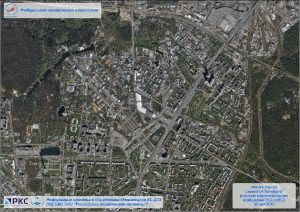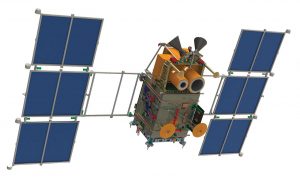
With the Iranian sanctions regime steadily coming apart, it is only a matter of time before Iran acquires – or even develops on its own – a high-resolution imaging satellite that will revolutionise its military and civil remote-sensing capabilities. Such a development is of particular concern to a number of countries in the Arabian Gulf and also for Israel. What are the implications of Iran gaining such a capability, and what, if anything, can other countries in the Middle East do to mitigate any military advantage Iran might gain from using a high-resolution imaging satellite? ThorGroup’s John B. Sheldon, Ph.D., explores the issues.
The Russian Connection
Recent media reports have suggested that Iran and Moscow-based company Russian Space Monitoring Systems, Information & Control and Electromechanical Complexes (VNIIEM) could sign a contract for a high-resolution remote sensing satellite in the coming weeks.
If this deal were to go ahead, the Iranian satellite would be launched in 2018, and will be based on VNIIEM’s Kanopus-V remote sensing satellite, a version of which has already been built and launched for Belarus.

The Kanopus-V was originally designed to provide real-time, high-resolution imagery to monitor natural and man-made disasters as well as other contingencies. Kanopus-V has a panchromatic resolution of 2.1 meters with a 20-kilometer swath, and a multispectral resolution of 10.5 meters with a 41km swath. An Iranian version of the Kanopus-V satellite would be launched into a sun-synchronous orbit at an altitude of 510-540 kilometers. The satellite will likely weigh about 400 kilograms with a payload capacity for cameras of 110kg. Kanopus-V has a power capacity of 300 Watts, and can store up to 24 Gigabytes of data in its internal memory and can transmit its imagery to Earth on 8,048–8,381.5 Mega-Hertz at speeds of 122.88-61.4 Megabytes per second. Lastly, the Kanopus-V satellite has an average operational lifetime of five years.
The full analysis is available as a paid download for 2.99 USD. If you are interested, please send us an e-mail stating the desired document to [email protected]
 SpaceWatch.Global An independent perspective on space
SpaceWatch.Global An independent perspective on space

